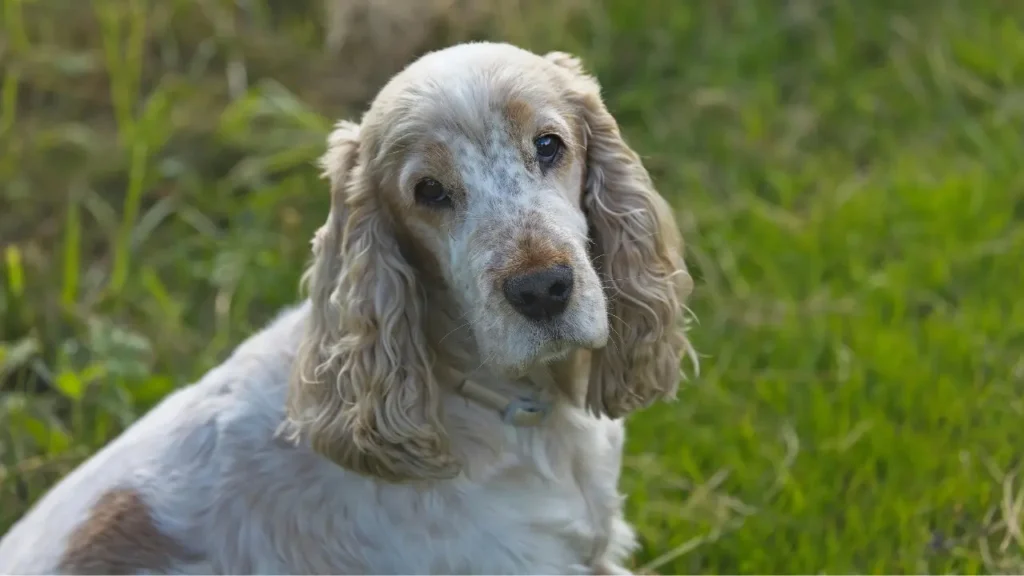Introduction
As our beloved pets grow older, their care needs evolve significantly. Understanding pet aging and implementing appropriate senior care practices is essential to ensure that your furry friend enjoys a comfortable and happy life in their golden years. Aging can bring about a range of physical and behavioral changes, and being prepared can make all the difference in maintaining their quality of life.
Signs of Aging in Pets
Physical Changes
Reduced Activity and Mobility
One of the first signs of aging in pets is a noticeable decrease in their activity levels. Older pets may struggle with mobility issues, such as difficulty climbing stairs or jumping onto furniture. They might also show signs of stiffness or discomfort after exercise.
Changes in Coat and Skin
Senior pets often experience changes in their coat and skin. You might notice thinning fur, increased shedding, or changes in coat texture. Skin can become more fragile and prone to irritation or infections.
Behavioral Changes
Changes in Appetite and Weight
An older pet may have a decreased or increased appetite, which can lead to noticeable weight changes. Some pets may also become pickier with their food or have difficulty eating due to dental issues.
Altered Sleep Patterns
Aging pets often sleep more and may have altered sleep patterns. They might have trouble getting comfortable or wake up more frequently during the night.
Veterinary Care for Senior Pets
Regular Check-Ups
Importance of Routine Examinations
Routine veterinary check-ups are crucial for senior pets. Regular examinations can help detect health issues early, allowing for timely intervention and treatment.
Recommended Tests and Screenings
Your vet may recommend various tests and screenings, such as blood work, urinalysis, and X-rays, to monitor your pet’s internal health and identify any underlying conditions.
Vaccinations and Preventive Measures
Updated Vaccination Schedules
Senior pets may require updated vaccinations to protect against diseases, as their immune systems can become less effective with age.
Preventive Medications
Preventive medications for parasites, such as fleas, ticks, and worms, remain important for senior pets. Consult your vet about the best options for your aging pet.
Nutrition for Senior Pets

Dietary Needs
Special Nutritional Requirements
Older pets often have unique nutritional needs, including higher levels of specific nutrients to support joint health and maintain a healthy weight. Look for senior pet foods formulated to meet these needs.
Choosing the Right Food
Select high-quality pet food that provides balanced nutrition. Discuss with your vet to find the best diet for your pet’s age, health condition, and lifestyle.
Supplements and Treats
Beneficial Supplements
Supplements such as glucosamine and chondroitin can help support joint health, while omega-3 fatty acids can promote a healthy coat and skin.
Healthy Treat Options
Choose treats that are low in calories and designed to support senior health. Avoid treats that could contribute to weight gain or contain harmful ingredients.
Exercise and Mobility
Adapted Exercise Routines
Low-Impact Activities
Engage your senior pet in low-impact exercises, such as gentle walks or swimming, to maintain their physical health without overexerting them.
Encouraging Safe Play
Modify playtime to accommodate their mobility. Use toys that are easy to handle and avoid high-impact games that could lead to injury.
Mobility Aids
Harnesses and Ramps
Mobility aids like harnesses and ramps can help pets navigate their environment more easily. These tools can provide additional support for pets with arthritis or other mobility issues.
Orthopedic Beds and Support
Orthopedic beds offer extra cushioning and support for aging joints. Ensure your pet’s sleeping area is comfortable and easy to access.
Grooming and Hygiene
Regular Grooming
Importance of Coat Care
Regular grooming helps manage shedding and prevent matting. It also allows you to check for skin issues or abnormalities that may require attention.
Dental Health
Dental care is crucial for senior pets, as dental disease can lead to more serious health problems. Brush their teeth regularly and consider professional cleanings.
Managing Incontinence and Other Issues
Products and Techniques for Incontinence
For pets with incontinence, consider using protective products like dog diapers or washable pads. Consult your vet for strategies to manage this condition.
Skin and Coat Care Tips
Keep an eye on your pet’s skin and coat condition. Use gentle, pet-safe shampoos and conditioners to maintain their hygiene and comfort.
Comfort and Environment
Creating a Senior-Friendly Space
Safe and Comfortable Living Areas
Design a living space that minimizes hazards and provides easy access to essential areas like food, water, and sleeping spots. Ensure that your pet’s environment is warm and comfortable.
Adjustments for Mobility Challenges
Make adjustments to your home to accommodate your pet’s mobility issues, such as using ramps or lowering furniture to make it easier for them to reach.
Mental Stimulation
Enrichment Activities
Provide mental stimulation through interactive toys, puzzle feeders, and gentle training exercises. Keeping their mind engaged can help reduce boredom and stress.
Interactive Toys and Puzzles
Choose toys that are easy for your senior pet to handle and that stimulate their cognitive functions. Avoid overly complex toys that may frustrate them.
Emotional and Behavioral Support
Managing Anxiety and Stress
Signs of Anxiety in Senior Pets
Look for signs of anxiety such as excessive vocalization, restlessness, or changes in behavior. Senior pets may experience anxiety due to changes in their health or environment.
Techniques to Reduce Stress
Use calming products like pheromone diffusers or anxiety wraps. Create a soothing environment with consistent routines and gentle interaction.
Maintaining Bonding
Quality Time and Interaction
Spend quality time with your senior pet to reinforce your bond. Gentle play, petting, and companionship can improve their emotional well-being.
Addressing Behavioral Changes
If your pet displays behavioral changes, consult with your vet or a pet behaviorist to address any underlying issues and adapt their care routine.
Planning for End-of-Life Care
Recognizing End-of-Life Signs
Understanding When Quality of Life Declines
Recognize signs that indicate a decline in your pet’s quality of life, such as persistent pain, loss of appetite, or severe mobility issues. Consult with your vet to assess their condition.
Making Difficult Decisions
Deciding when to transition to end-of-life care is challenging. Discuss options with your vet, including palliative care and euthanasia, to make the best decision for your pet’s comfort.
Palliative and Hospice Care
Options for Comfort and Pain Management
Explore palliative care options to manage pain and discomfort. Your vet can provide medications and therapies to enhance your pet’s comfort during their final days.
Euthanasia and Aftercare
If euthanasia becomes necessary, consider options that allow your pet to pass peacefully at home or at the vet’s office. Plan for aftercare, including options for memorializing your pet.
Conclusion
Caring for an aging pet requires a combination of understanding, patience, and proactive measures. By recognizing the signs of aging, maintaining regular veterinary care, and adapting their environment and routines, you can ensure your senior pet enjoys a high quality of life. Remember to cherish the time you have together and seek professional advice to navigate any challenges that arise.
FAQs
Q1. What are common signs of aging in pets?
A. Common signs include reduced activity, changes in coat and skin, changes in appetite, and altered sleep patterns.
Q2. How often should senior pets visit the vet?
A. Senior pets should visit the vet at least twice a year for check-ups and screenings to monitor their health.
Q3. What type of diet is best for older pets?
A. A diet formulated for senior pets with balanced nutrients and joint support is ideal. Consult your vet for specific recommendations.
Q4. How can I help my senior pet stay active?
A. Engage in low-impact exercises and adapt playtime to their needs. Use mobility aids if necessary.
Q5. What are some signs that it might be time for end-of-life care?
A. Signs include persistent pain, loss of appetite, severe mobility issues, and significant changes in behavior. Consult your vet for guidance.

